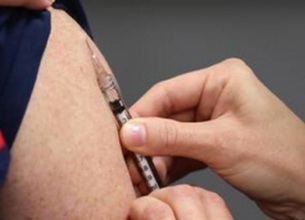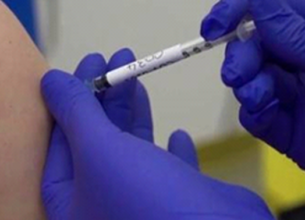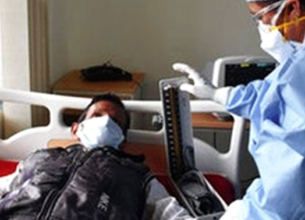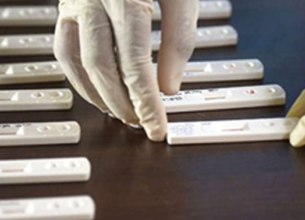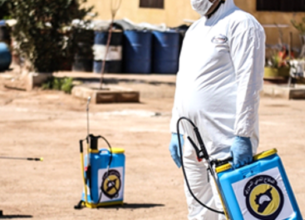2.3 MILLION CHILDREN IN INDIA UNVACCINATED FOR MEASLES: WHO REPORT
09, Dec 2019

Prelims level : Governance
Mains level : Diseases in News, WHO, Government Interventions.
Why in News?
- World Health Organisation (WHO) in partnership with Center for Diseases Control and Prevention (CDC) has recently released a report on “Measles and Rubella disease” on behalf of the Measles and Rubella Initiative.
Key Findings of the Report:
- With 2.4 million, Nigeria has the most number of unvaccinated children.
- India is second highest, next only to Nigeria with 2.3 million unvaccinated children.
- The other four countries with the most number of unvaccinated children are Pakistan (1.4 million), Ethiopia (1.3 million), Indonesia (1.2 million) and the Philippines (0.7 million).
- In 2017, 2.9 million children in India under one year of age had not been vaccinated with the first dose, according to UNICEF. In one year, the number of unvaccinated children in India had reduced from 2.9 million to 2.3 million.
- There were nearly 70,000 cases of measles in India in 2018, the third highest in the world. In 2019, over 29,000 confirmed cases have been reported to the WHO.
- The WHO recommends 95% coverage using two doses of measles vaccine to prevent outbreaks. Though vaccine coverage with first and second dose has increased globally since 2000, it has not reached anywhere near 95%.
- In 2018, only 86% of children globally received the first dose through routine immunisation. In the case of second dose, the coverage globally is just 69%.
About Measles and Rubella Measles
1. Measles:
- Measles is a viral infection of the respiratory system which can spread through contact with infected mucus and saliva. An infected person can release the infection into the air when they cough or sneeze. It is the leading cause of death in children.
- Measles is a highly-contagious virus and spreads rapidly in unvaccinated children, causing symptoms from rash to blindness, pneumonia to death.
- Symptoms: Cough fever, red eyes etc. A widespread skin rash is a classic sign of measles.
- A vitamin A deficiency is considered to be a risk factor for measles. Children with too little vitamin A in their diets have a higher risk of catching the virus.
2. Rubella (German Measles)
- Rubella virus is the primary cause of congenital rubella syndrome leading to abortions and children born with birth defects of heart, eye and brain.
- Rubella is a mild viral infection that occurs most often in children and young adults.
- Rubella infection during pregnancy can cause abortion, stillbirth and may lead to multiple birth defects in the new born; like blindness, deafness, heart defects; known as Congenital Rubella Syndrome (CRS). India accounts for around one third of all children born worldwide with congenital rubella syndrome (CRS).
- Both Measles and Rubella can be prevented by a highly-effective Measles-Rubella (MR) Vaccine.
India’s efforts to control Measles and Rubella:
- The National Family Health Survey-4 (2015–2016) has assessed the vaccination coverage for the measles to be 81.1%.This is low compared to the 95% coverage level required for elimination.
- In this regard, Ministry of Health & Family Welfare has initiated measles-rubella (MR) vaccination campaign in the age group of 9 months to less than 15 years in a phased manner across the nation in 2017. The MR vaccine has now become part of Routine Immunisation Programme.
About Measles & Rubella Initiative:
- Measles & Rubella Initiative (MRI), launched in 2001, is a global partnership among leaders in public health which supports the goal of reducing measles deaths globally by 90% by 2010 compared to 2000 estimates.
Partner Organisations:
- American Red Cross
- International Federation of Red Cross and Red Crescent
- United Nations Foundation
- Centres for Disease Control and Prevention (CDC)
- World Health Organization (WHO)
- United Nations Children’s Fund (UNICEF)






